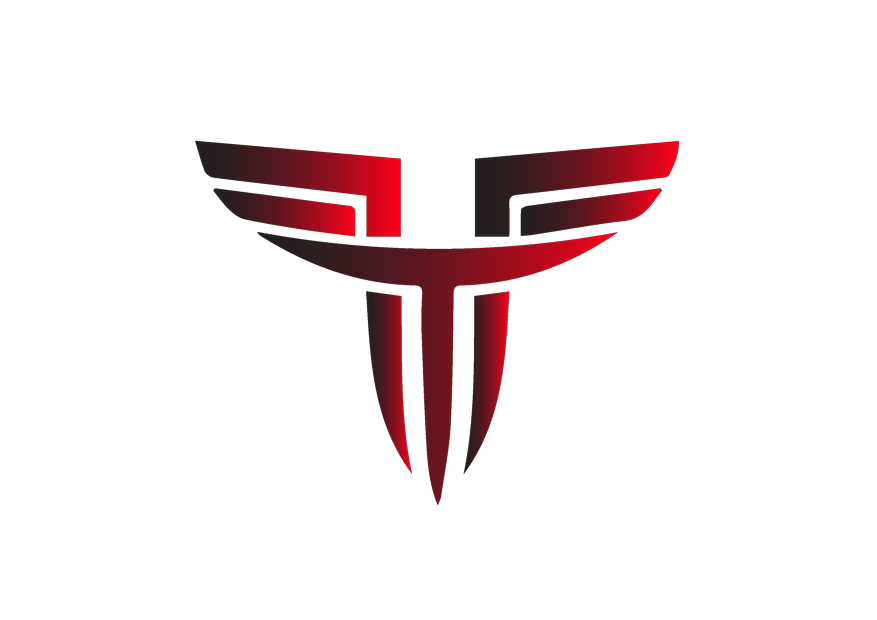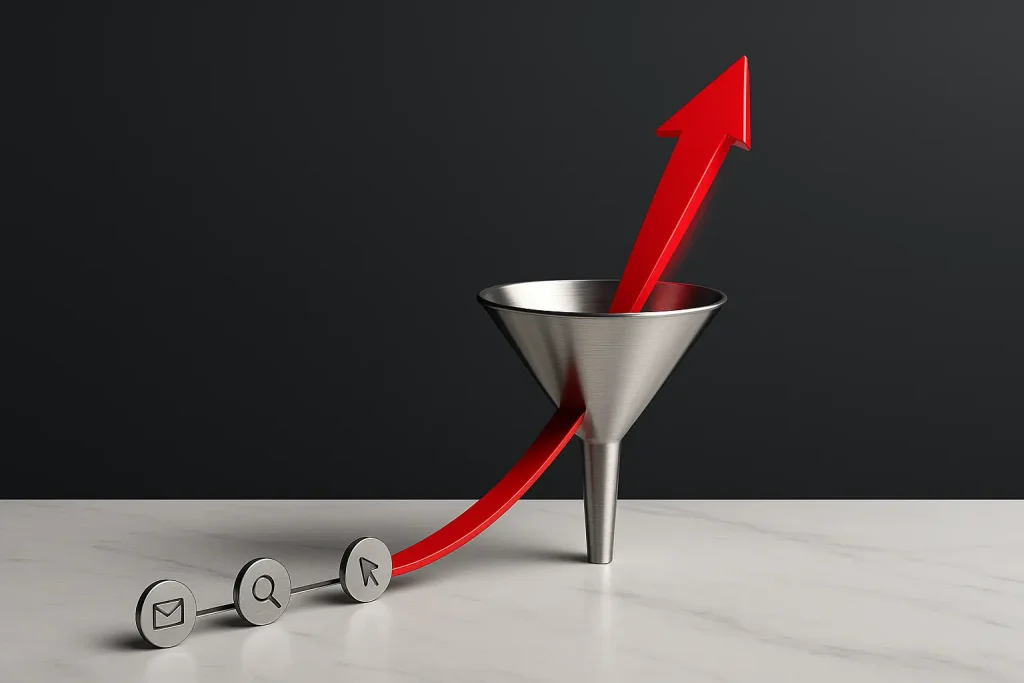A skincare startup spent $50,000 on a celebrity Instagram post.
The result? 12 sales.
That’s $4,166 per conversion. For a $29 face cream.
Meanwhile, their competitor worked with 20 nano-influencers for the same budget. They generated 847 sales. Cost per conversion: $59.
The math is brutal. But it’s not unusual.
The $50K Celebrity Post That Flopped
You know the story. Brand manager gets budget approval. Finds celebrity with 2M followers. Crafts the perfect partnership deal.
Post goes live. Likes pour in. Comments flow. The numbers look good.
Then you check the sales dashboard. Nothing. A few clicks. Fewer conversions.
The disconnect is real. Big reach doesn’t equal big results.
Welcome to the authenticity gap. Where followers see through paid partnerships instantly. Where engagement means nothing if trust is missing.
D2C brands are learning this lesson the hard way. Influencer Marketing Hub found that 67% of brands using celebrity endorsements saw declining ROI in 2024.
The problem isn’t the strategy. It’s the scale.
“Big reach doesn’t equal big results. The problem isn’t the strategy. It’s the scale.”
Why Mega-Influencer Marketing Is Broken for D2C Brands
The numbers don’t lie. Mega-influencers average 1.7% engagement rates (Influencer Marketing Hub, 2024). Their audiences scroll past sponsored content faster than organic posts.
Why? Followers know the game.
A celebrity posts about protein powder on Tuesday. Designer handbags on Wednesday. Crypto trading on Thursday.
The pattern screams “paycheck.” Trust erodes with every obvious partnership.
The Authenticity Gap Grows Wider
Gen Z consumers spot sponsored content in 3.2 seconds (Kantar, 2024). They’ve developed immunity to polished perfection.
They want peer recommendations. Friend-level trust. Real people using real products.
Mega-influencers can’t deliver this. Their scale prevents intimacy. Their commercial success breeds skepticism.
Cost vs Performance Reality Check
Celebrity influencer campaigns average $100,000+ for D2C brands. The reach looks impressive on paper. 2M impressions. 34K likes. 500 comments.
But impressions don’t pay bills. Likes don’t move inventory.
Conversion rates tell the truth. Celebrity partnerships convert at 0.2% on average. Nano-influencers hit 3.8%.
The math is simple: smaller creators, bigger results.
The Nano-Influencer Advantage: Data That Changes Everything
Nano-influencers command attention differently. They build communities, not audiences.
HypeAuditor studied 100,000 creator partnerships in 2024. The findings flip conventional wisdom upside down.
Engagement Rates Tell the Real Story
| Influencer Type | Avg. Engagement Rate | Typical Reach | Cost per Post |
| Nano (1K-10K) | 5.7% | 8,500 | $200-500 |
| Micro (10K-100K) | 3.8% | 45,000 | $500-2K |
| Macro (100K-1M) | 2.1% | 350,000 | $2K-10K |
| Mega (1M+) | 1.7% | 1.2M | $10K-100K+ |
Source: HypeAuditor Creator Economy Report, 2024
The pattern is clear. Smaller followings create deeper connections.
Trust Beats Reach Every Time
Nano-influencers know their followers personally. 43% report having met audience members offline (Creator Economy Survey, 2024).
This changes everything.
When @SarahLovesPlants recommends a fertilizer, her 3,200 followers listen. They’ve watched her grow tomatoes for two years. They trust her judgment.
When a celebrity posts about the same fertilizer, 2M followers scroll past. The connection feels manufactured. The trust isn’t there.
Authenticity scales down, not up.
“Authenticity scales down, not up. Nano-influencers know their followers personally. 43% have met them offline!”
Three Reasons Small Creators Outperform Big Names
The data proves nano-influencers win. But why?
Three factors drive their superior performance for D2C brands.
Community Depth Over Audience Width
Nano-influencers curate tribes, not crowds. A plant parent blogger attracts plant parents. A minimalist fashion creator draws minimalist fashion fans.
The targeting precision is surgical.
Sarah Chen built @MinimalWardrobeDaily to 4,800 followers. Every subscriber cares about sustainable fashion. When she features a D2C clothing brand, 67% click through. 23% convert.
Compare this to a fashion celebrity with mixed interests. Generic audience. Scattered attention. Lower relevance.
Depth beats width every time.
Cost Efficiency Enables Testing
The celebrity route demands big bets. $50K minimum. Single partnership. All eggs in one basket.
Nano-influencer campaigns spread risk. Same $50K budget works with 100+ creators. Multiple angles. Diverse audiences. Built-in A/B testing.
One partnership flops? 99 others still perform.
This diversity drives better results. Glossier famously works with 200+ nano-beauty creators annually. Their cost per acquisition dropped 73% versus celebrity campaigns.
Hyper-Targeted Niche Domination
Nano-influencers own micro-niches. Vegan protein enthusiasts. Minimalist home decorators. Pet rescue advocates.
These communities have buying power. And buying intent.
A pet supplement brand partnered with 15 rescue dog bloggers (average: 2,800 followers each). Total reach: 42,000. Conversion rate: 12.3%.
Why so high? Perfect audience match. Established trust. Genuine need.
Niche targeting creates niche results.
How to Build Your Nano-Influencer Strategy
Theory is nice. Implementation pays bills.
Here’s the framework that works for D2C brands.
The 20-for-1 Campaign Framework
| Traditional Approach | Nano-Influencer Approach |
| 1 celebrity, $50K budget | 20 creators, $2.5K each |
| Single message, broad reach | 20 messages, targeted niches |
| One-shot campaign | Ongoing relationships |
| Hard to measure true ROI | Clear attribution per creator |
| High risk if it fails | Risk spread across portfolio |
The framework is simple:
- Identify 3-5 relevant niches
- Find 4-6 creators per niche
- Budget $2K-3K per creator annually
- Test, measure, optimize
Finding and Vetting Micro-Creators
Discovery starts with hashtag research. Find niche communities first. Creators second.
Search #veganprotein #minimalisthome #rescuedogsofinstagram. Look for consistent contributors. Check their engagement quality.
Red flags to avoid:
- Follower count jumped suddenly
- Comments feel generic or bot-like
- Engagement rate below 3%
- Posts every product under the sun
Green flags to pursue:
- Steady follower growth over time
- Authentic comments from real people
- Content aligns with your values
- Selective about partnerships
Content Guidelines That Preserve Authenticity
The magic of nano-influencers is authenticity. Don’t kill it with over-scripting.
Provide product. Share key benefits. Then step back.
Let them create in their voice. Their style. Their authentic way.
Glossier’s approach: “Here’s our cloud paint. Use it however feels right. Show your real experience.”
This freedom creates genuine content. Genuine content creates genuine results.
Nano-Influencer Vetting Checklist
Audience Quality:
- ☐ Engagement rate above 3%
- ☐ Comments from real people (not bots)
- ☐ Followers match your target demographic
- ☐ Audience growth pattern looks organic
Content Authenticity:
- ☐ Posts feel personal, not overly polished
- ☐ Selective about brand partnerships
- ☐ Content aligns with your brand values
- ☐ Shows products in real-life contexts
Creator Reliability:
- ☐ Consistent posting schedule
- ☐ Responds to follower comments
- ☐ Clear communication during outreach
- ☐ Professional but approachable tone
Brand Alignment:
- ☐ Values match your company mission
- ☐ Audience overlaps with your ICP
- ☐ Content style fits your aesthetic
- ☐ Open to authentic storytelling
Measuring Success: KPIs That Matter
Vanity metrics kill campaigns. Focus on metrics that move business forward.
Beyond Vanity Metrics
Forget follower counts. Ignore total impressions. Track what converts.
Key metrics for nano-influencer campaigns:
- Click-through rate by creator
- Conversion rate by audience segment
- Customer lifetime value by source
- Cost per acquisition vs other channels
- Engagement quality score
Long-term Value Tracking
Nano-influencer benefits compound over time. Track relationship ROI beyond single campaigns.
Month 1: New followers, immediate sales
Month 6: Brand awareness, repeat purchases
Month 12: Customer advocacy, referral value
The best nano-partnerships evolve into brand ambassadorships. Track this progression.
“Nano-influencer benefits compound over time. The best partnerships evolve into brand ambassadorships.”
From Followers to Revenue: The Future Is Small
The shift is happening now. Smart D2C brands are moving budgets from celebrities to communities.
Sephora’s #SephoraSquad program works with 500+ nano-creators globally. Their influencer-driven revenue increased 340% year-over-year.
The lesson is clear: small voices create big results.
Your move is simple. Start small. Test narrow. Measure everything.
Find your nano-influencer tribe. Build authentic relationships. Watch your ROI multiply.
The future of influence isn’t about reaching everyone. It’s about mattering to someone.
Ready to test nano-influencer marketing? Book a free strategy session to identify creators in your niche and build your first campaign.
FAQ Section
Nano-influencers typically charge $200-500 per post, depending on follower count and niche. Many accept product-only partnerships or long-term ambassador deals starting at $1,000-2,000 annually.
Expect 5-7% engagement rates from nano-influencers versus 1-2% from mega-influencers. Higher engagement translates to better conversion rates and ROI for D2C brands.
Start with hashtag research in your product category. Look for consistent contributors with 1K-10K followers who post authentic content and engage with their audience regularly.
Yes, especially in professional niches like marketing tools, productivity apps, or industry-specific solutions. B2B nano-influencers often have highly engaged professional communities.
Nano-influencers have 1K-10K followers, while micro-influencers have 10K-100K. Nano-creators typically have higher engagement rates and stronger personal connections with their audience.





